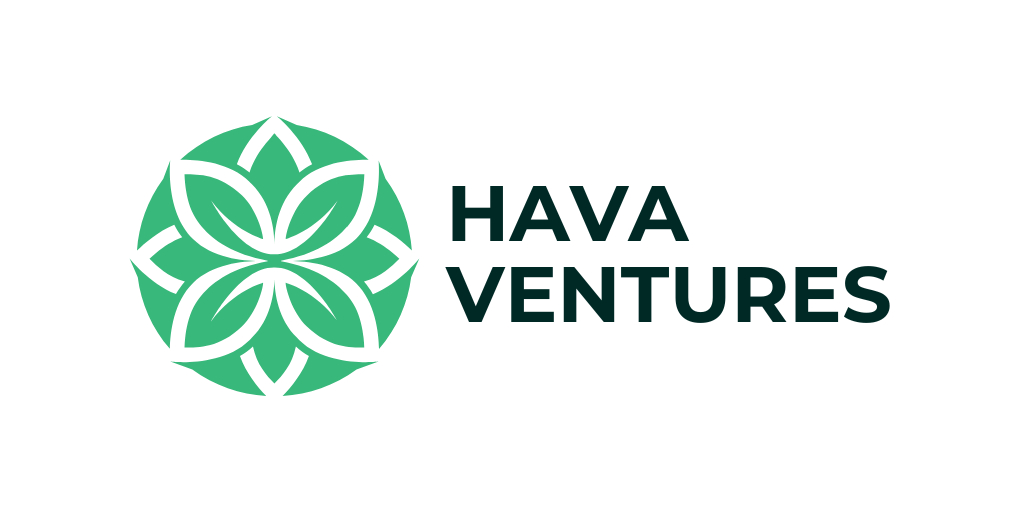
TRACEABILITY
Ensuring Quality in Every Step of Our Moringa Production
09
Customer Delivery & Records
Final sales records, customer details, and delivery notes complete the traceability cycle. Feedback from consumers and buyers is collected to improve quality and strengthen trust in the product. This data also supports audits, certifications, and sustainability reporting.

08
Storage & Transportation
Packaged moringa products are stored in clean, dry, and temperature-controlled environments. Inventory logs track batch movement, while dispatch records ensure traceability during transportation to wholesalers, retailers, or export destinations.

07
Packaging & Batch Coding
The processed moringa products are packed in food-grade, tamper-proof materials designed to preserve freshness and prevent contamination. Each package is assigned a batch code and labeling information, including nutritional facts, expiry date, and traceability markers (e.g., QR codes). This step is crucial for regulatory compliance and consumer confidence.

06
Secondary Processing (Grinding, Sieving & Milling)
Dried moringa leaves or seeds undergo milling into powder, flakes, or oil extraction. Sieving ensures uniform particle size and product consistency. This stage may also include sterilization or quality testing for microbial safety, moisture content, and nutrient profile. Processing records are maintained, linking outputs to specific raw material batches.

05
Primary Processing (Cleaning, Drying & Sorting)
Freshly harvested moringa leaves are cleaned to remove dirt and foreign materials. They are then dried under controlled temperatures to preserve nutrients. Seeds are de-husked, and raw materials are sorted and graded to remove damaged or low-quality items. Documentation ensures each batch is linked to its source farm and harvest date.

04
Harvesting
Leaves, seeds, or pods are harvested at the appropriate maturity stage to ensure high nutrient content and quality. Harvesting is done with strict hygiene standards to avoid contamination. Harvest logs capture the date, quantity, and responsible personnel.

03
Crop Management & Monitoring
Throughout the growth cycle, farmers conduct irrigation, weeding, fertilization, and pest management. Sustainable practices such as organic inputs and integrated pest management (IPM) are prioritized. Regular monitoring is carried out, and digital or manual records document inputs, interventions, and crop performance.

02
Land Preparation & Planting
The farmland undergoes plowing, soil enrichment with organic matter, and preparation for optimal growth conditions. Seeds or seedlings are then planted following best agronomic practices, including spacing, depth, and watering methods. Field maps and planting logs are maintained for future tracking.

01
Seed Sourcing & Propagation
High-quality moringa seeds or seedlings are sourced from certified suppliers or community seed banks. This ensures genetic purity, viability, and disease resistance. Traceability begins here, with records of seed origin, supplier details, and batch numbers maintained for transparency.


